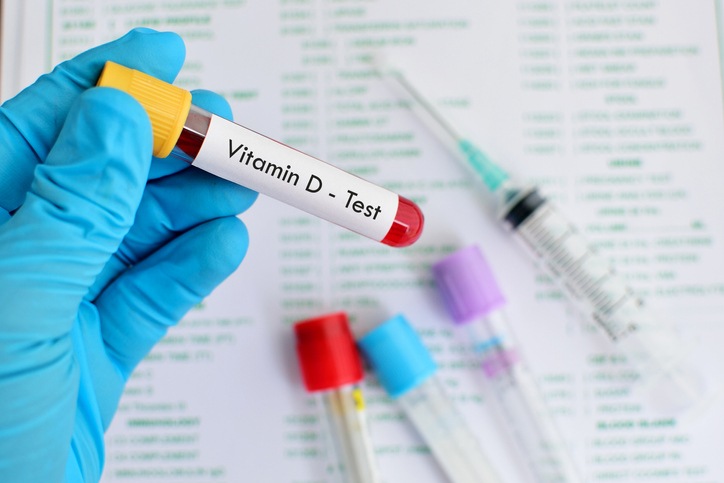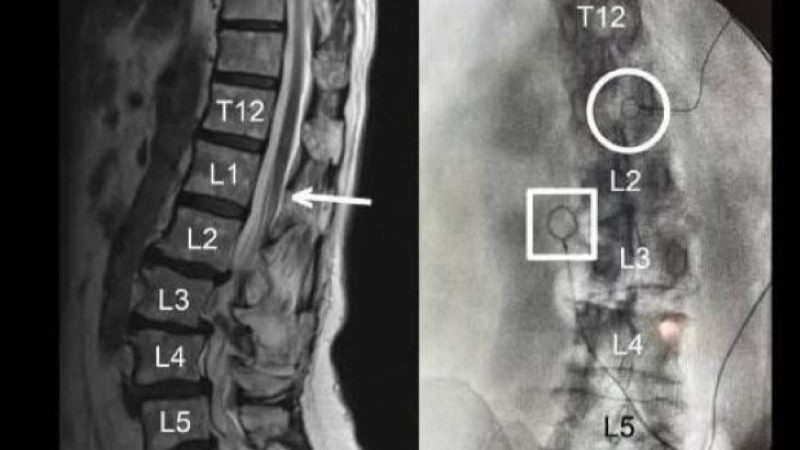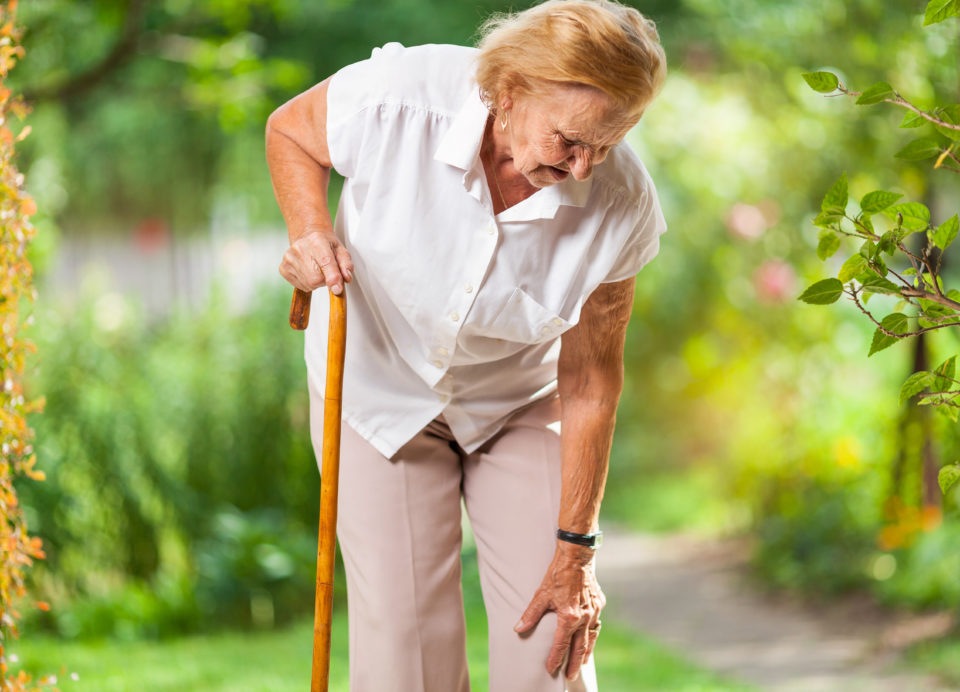
Postoperative mobility is a concern among operative hip fracture patients. According to a new study, vitamin D intake may play a role in the chances of walking postoperatively.
“Hip fractures are associated with a high rate of morbidity and mortality, and successful ambulation after surgery is an important outcome in this patient population,” the researchers established. “This study aims to determine whether 25-hydroxyvitamin D [25(OH)D] concentration or the Geriatric Nutritional Risk Index (GNRI) is associated with mortality or rates of walking in a patient cohort after hip fracture surgery.”
The study included patients undergoing operative hip fracture repair enrolled in a multicenter study based in North America. Thirty- and 60-day postoperative mortality and mobility were evaluated, and serum albumin, 25(OH)D, and intact parathyroid hormone measurements were taken. Patients were stratified based on 25(OH)D level: <12 ng/mL, 12 to <20 ng/mL, 20 to <30 ng/mL, or ≥30 ng/mL. GNRI was classified as major/moderate nutritional risk (<92), some risk (92 to <98), or in good nutritional status (≥98).
Vitamin D Affects Mobility, But Not Mortality
Final analysis included 290 patients (mean age, 82 years; mean body mass index [BMI], 25 kg/m2; 73% of patients were female). Patients with higher 25(OH)D concentrations, compared to those in the <12 ng/L group, were more likely to walk at 30 days postoperatively: 12 to <20 ng/mL (adjusted odds ratio [OR]=2.61; 95% confidence interval [CI], 1.13 to 5.99); 20 to <30 ng/mL (aOR=3.48; 95% CI, 1.53 to 7.95); and ≥30 ng/mL (aOR=2.84; 95% CI, 1.12 to 7.20). Patients with higher 25(OH)D concentrations, compared to the deficiency group, also had greater 60-day mobility (P=0.028). A trend was observed in poor nutritional status—defined as GNRI <92—and reduced mobility (unadjusted P=0.044; adjusted P=0.056) at 30 days, but not 60 days. Neither vitamin D nor GNRI correlated with mortality at either timepoint.
“This matters because vitamin D deficiency and malnutrition are common disorders in elderly patients with hip fractures and often occur together since both are complications of poor nutrition,” said study author Sue Shapses, PhD, RD, a professor in the Department of Nutritional Sciences at the School of Environmental and Biological Sciences at Rutgers University-New Brunswick, in a press release.
Dr. Shapses and her colleagues’ report was published in The American Journal of Clinical Nutrition.
According to Dr. Shapses, the next step is determining why vitamin D concentration impacts mobility: “For example, it is not clear if severe vitamin D deficiency is associated with direct effects on muscle, cognition and/or other organ systems.”







 © 2025 Mashup Media, LLC, a Formedics Property. All Rights Reserved.
© 2025 Mashup Media, LLC, a Formedics Property. All Rights Reserved.